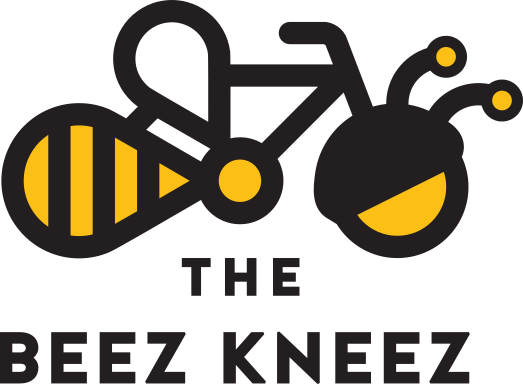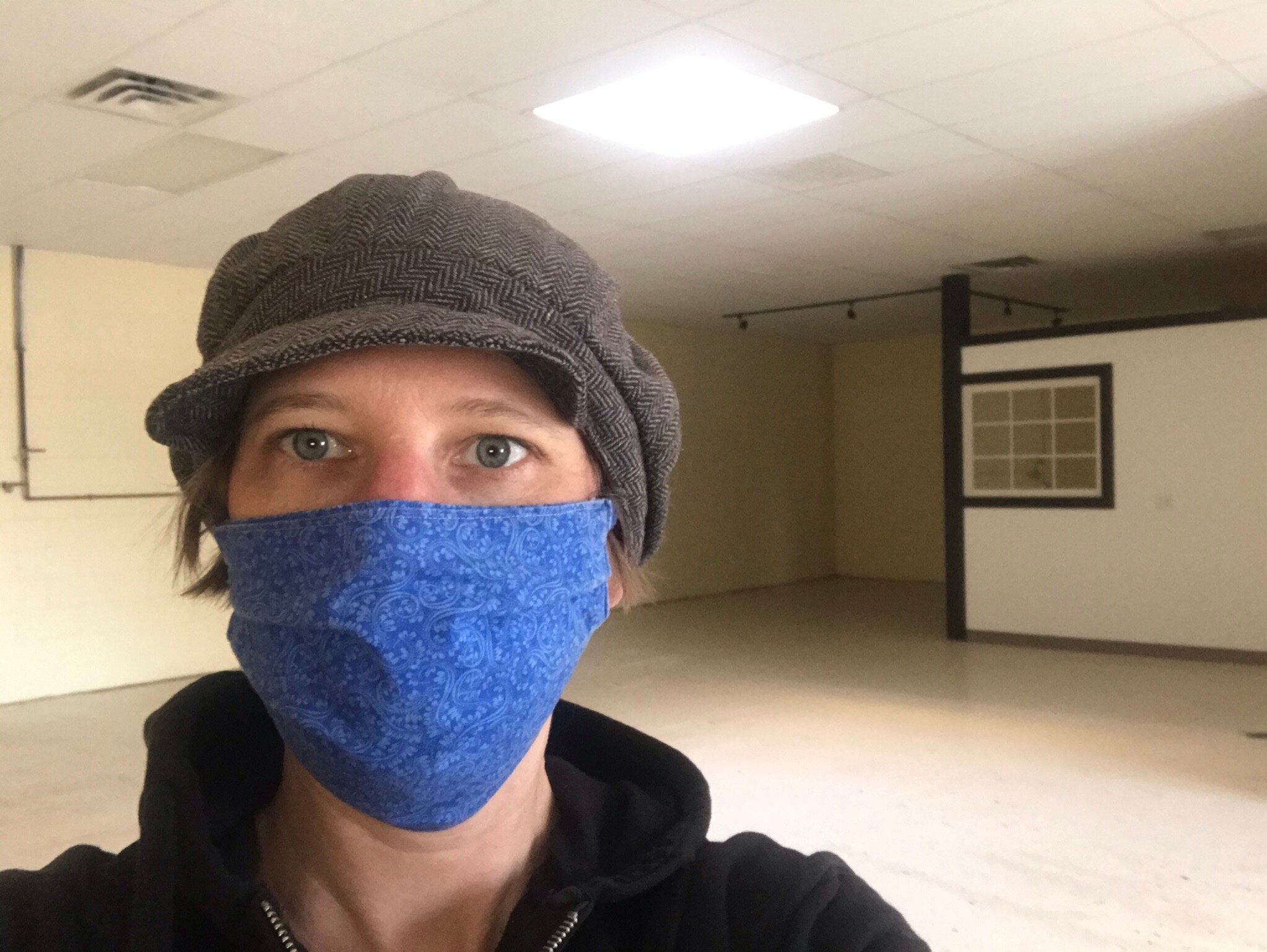WHAT SHOULD I BEE DOING IN APRIL OF 2021?
So March came and went for me pretty fast as I moved ten years of business from Mpls to WI. Up above, I provided a few photos of the process. I was out on March 31st. I am still recovering a little bit but happy to have a new building in process for The Beez Kneez WI to function out of. I hope to show you the finished honey house by my next blog post!
It is April 11th and we are on the cusp of another cool down and chances of snow in some places in MN/WI. A week ago today it was 80 degrees! “Weather whiplash” is what weather man Paul Hunter calls it. After reading my post from last April, we had a similar situation except the high temp was not as high and the snow/cold that fell was more substantial. Overall though, March and early April were pretty mild and based on my blog entries from last year, some of my hives are 1-2 weeks ahead of where they were last year at this time, depending on location. First pollen I saw in WI was on March 22nd and I know it was earlier for my hives in Inver Grove Heights and Fridley. That heat streak we had last week provided a really nice dose of pollen and maple nectar. I could smell it as soon as I walked into the beeyard. Smells fruity and as I inspected a few colonies on the warmer days, I saw a good amount of it in the hives. Even some white frosting on the wax which indicates a nectar flow of some fashion. Woo hoo!
WHAT ARE THE BEES DOING IN MARCH/APRIL?
As I mentioned above, we were fortunate enough to get a nice shot of maple nectar in the hives at the end of March into early April. Some really nice temps above 60 and into 70 and 80 for several days. The bees were also benefitting from several kinds of pollen. In the photo above you can see yellow, orange, green and blue. The combo of nectar and pollen in the hives means baby bees! This is the time of year when the spring turn over is happening. The tired winter forces are starting to be replaced by the brand new spring force. Brood is being reared, foragers are bringing home the bacon and mama queen is keeping the nurse bees busy running the daycare as she continues to provide the next generation for them to raise. They are also gearing up for the real spring flow to take them into reproduction. The maple nectar will only go so far so they can still run out of food between now and the end of the month when dandelions and fruit trees will kick them into gear.
WHAT IS THE BEEKEEPER DOING IN MARCH/APRIL?
It is still incredible to see the variation in strength in hives from apiary to apiary but also within the same apiary. Keep this in mind if you are only keeping a few hives. There will be variation in hives so if you only have one and it is small, it is not always easy to know the reason. This is why we recommend starting with two. If my hives vary and are treated relatively the same and I have 14 years experience beekeeping, it would suggest there are other factors to their size and strength. My strongest hives already have drones, and many frames of brood. These hives could serve as great honey producers or brood producers for making more bees. The hives I see this the most in are from Russian genetics. They are known to build up fast in the spring, even under cooler conditions. These are the only hives I did any management with and that management was adding boxes. Look at the third photo above. I found a medium frame full of capped drones already. i also saw adult drones. This colony was in WI so not in my southern most apiary. Also, I had really poor wintering success in this yard(I am assuming because of wind exposure and some mite drift) But this hive is of Russian genetics, the queen is entering her 3rd summer and is one of my strongest. She is a strong candidate for breeding. A mite check and a hygenic test in May will really determine her fitness.
I still have not given my hives pollen patties and will not do so. This is contrary to many a beekeepers advice right now. However, I am stubborn in my belief that they will do fine with the real deal. I saw plenty of pollen in the hives. I will also NOT reverse hives. I will add room to the hive with an empty deep below or with supers on top. The argument for adding it below is that naturally bees expand down the tree cavity. Also, heat rises and if we get another stretch of cool weather, which we always seem to in mid April, they won’t be overextending their broodnest too quickly above them, forcing bees to spread out more and not be able to heat the existing brood below them. The argument for adding supers above them is from Michael Palmer and it is specifically for large hives that will want to swarm when dandelions start providing so if you get supers on them early, you can prevent that impulse. I am doing a little experiment this year to see which seems to prevent swarming but also which produces the least amount of stress. And I ONLY DID THIS TO THE VERY LARGE HIVES. If the bees are not filling most of the space of the cavity they are in, there is no reason to give them more room or reverse them.
Other things I have been doing management wise are: removing winter wraps but leaving top insulation on, assessing size just by looking at the top of the colony. See the first 2 photos above. That hive was split in late July and wintered as a single. If bees are pouring out of the inner cover hole, the numbers are good! Checking to see if they are queen right(only looking at one or two frames) and combining queenless hives with queenright hives, cleaning out bottom boards and making sure they have enough stores to get them through the rest of spring. We are nearly to the best part of the year! If you are starting new colonies this year on new equipment, remember to stay calm and make sure you feed them enough sugar water to draw out all that wax. For all you beeks who successfully overwintered hives, queen cells will be available end of May early June and we are hoping to organize a class on splitting so say tuned!










